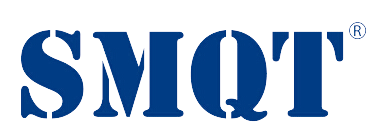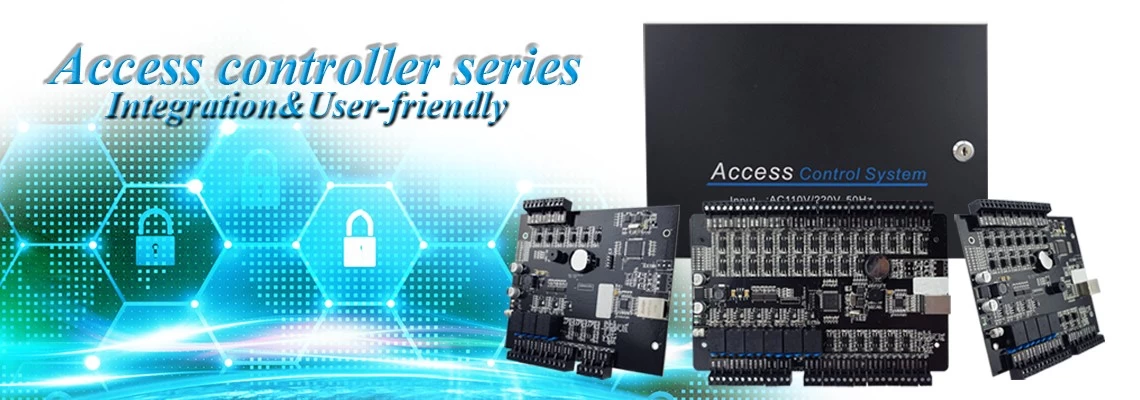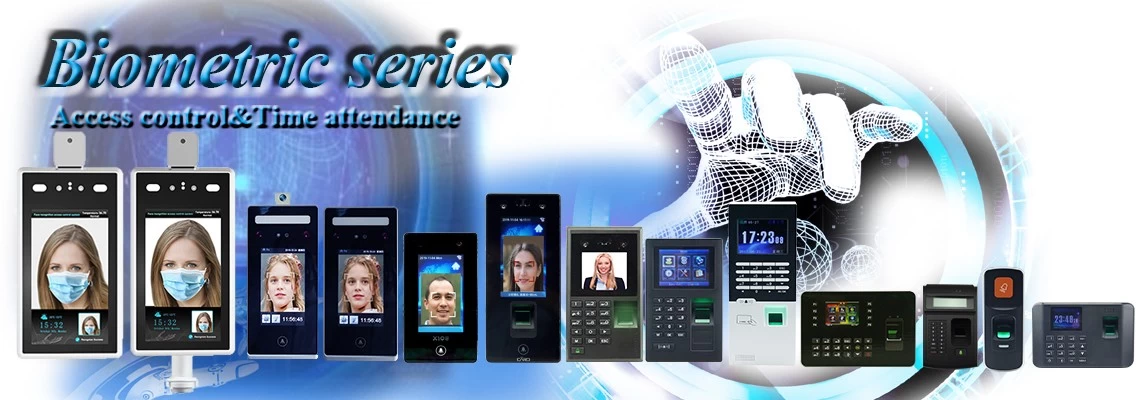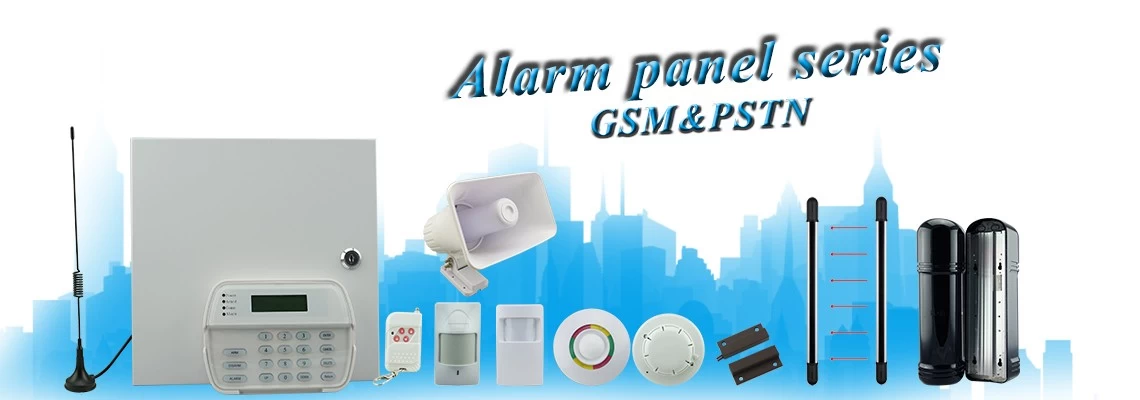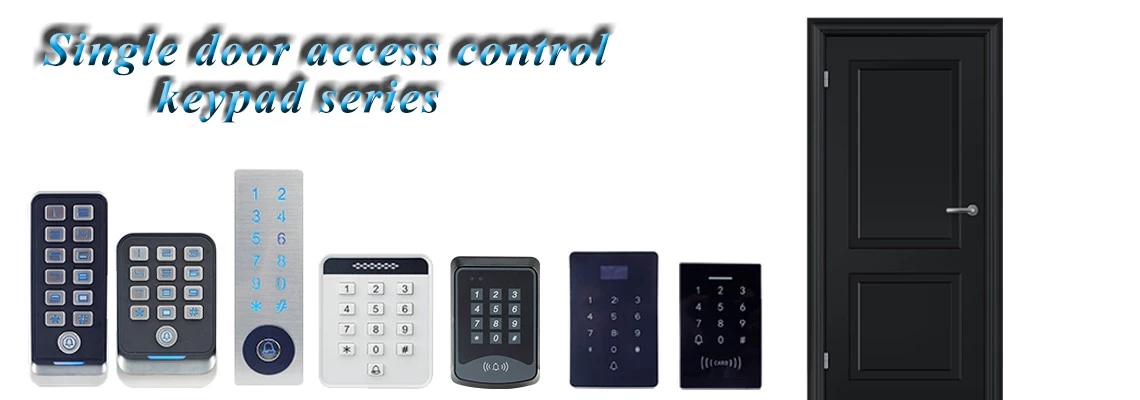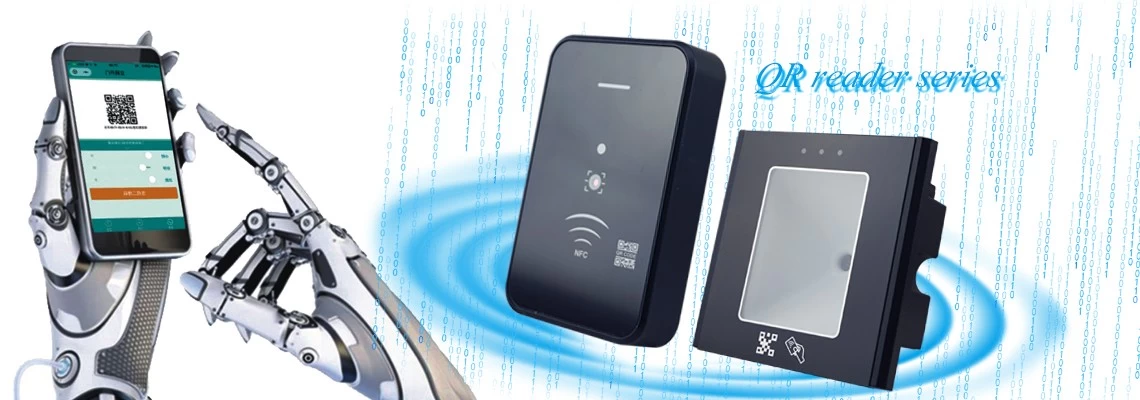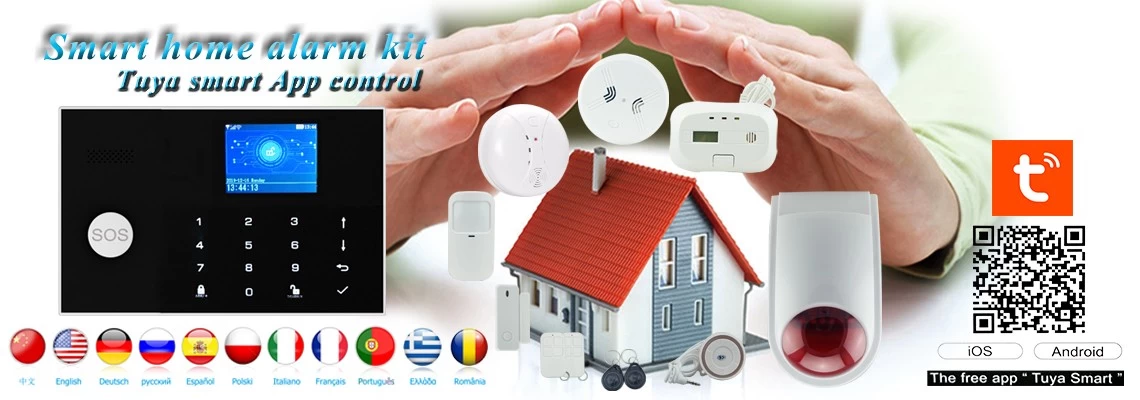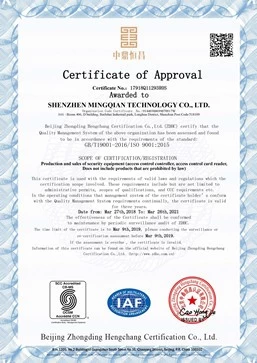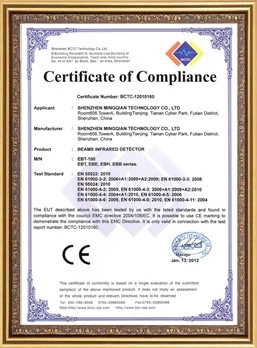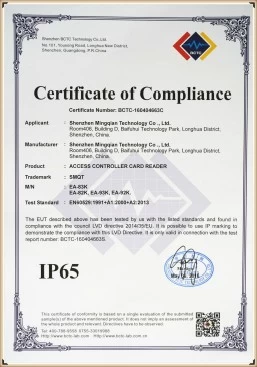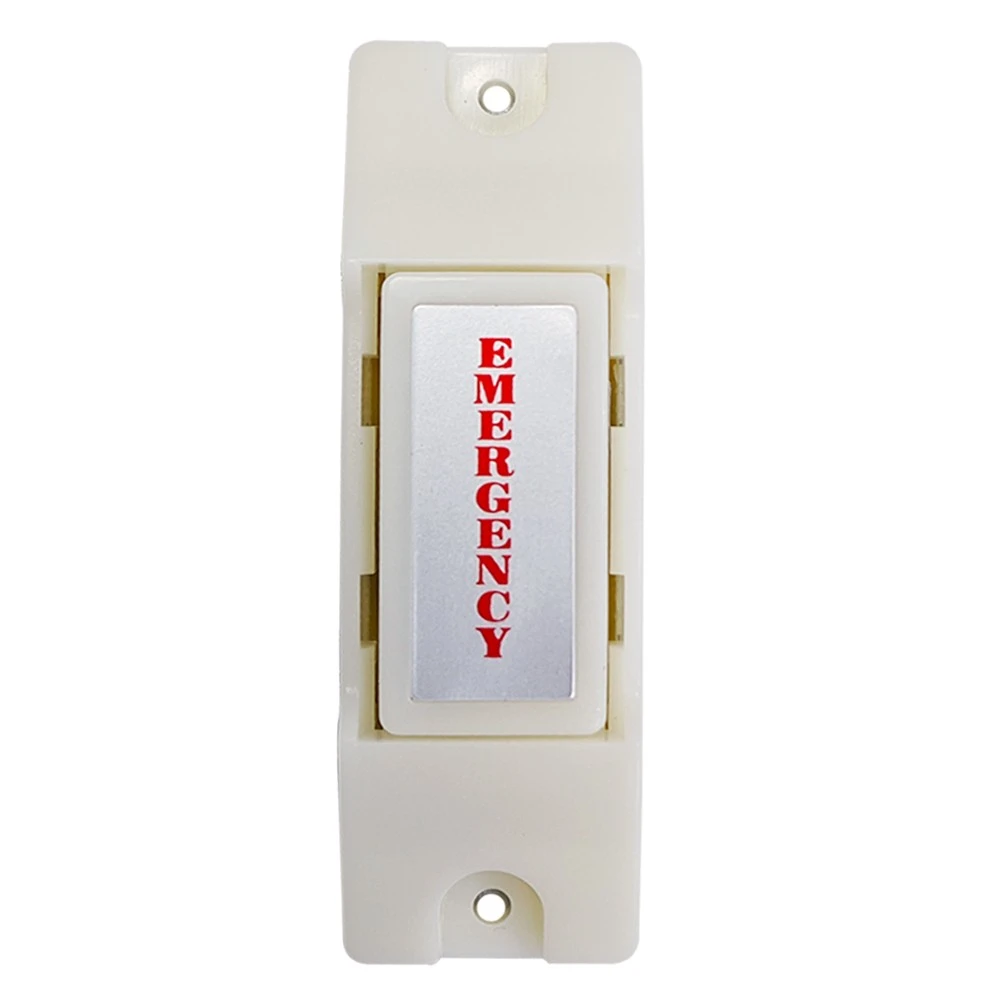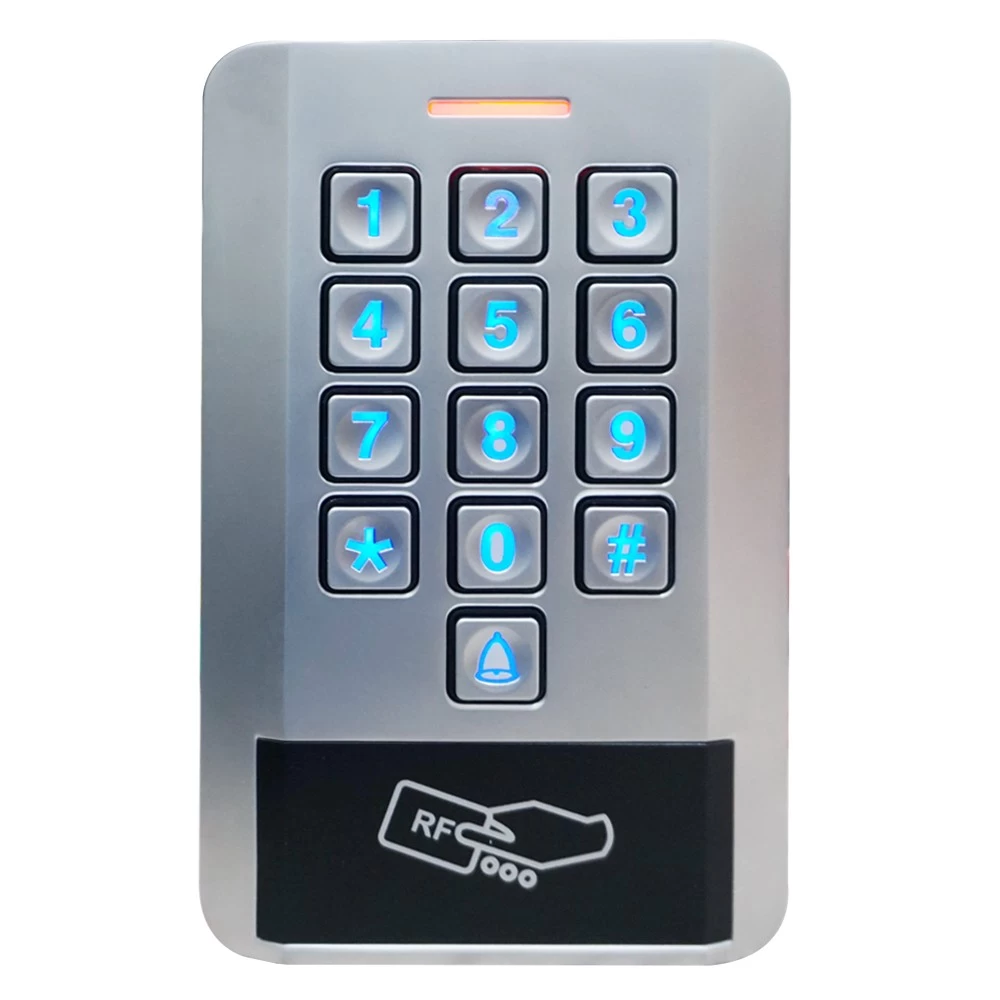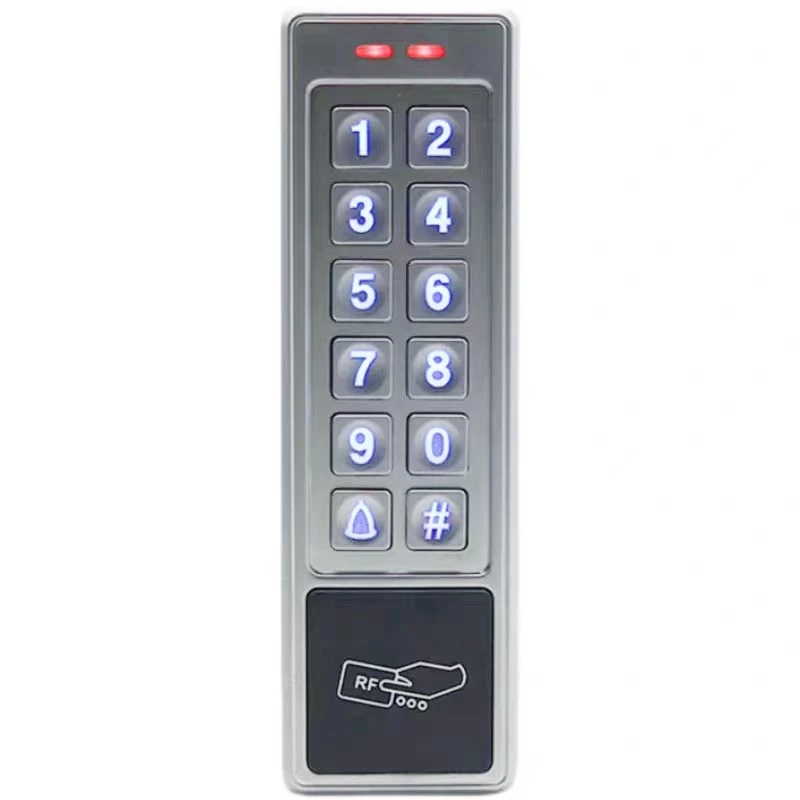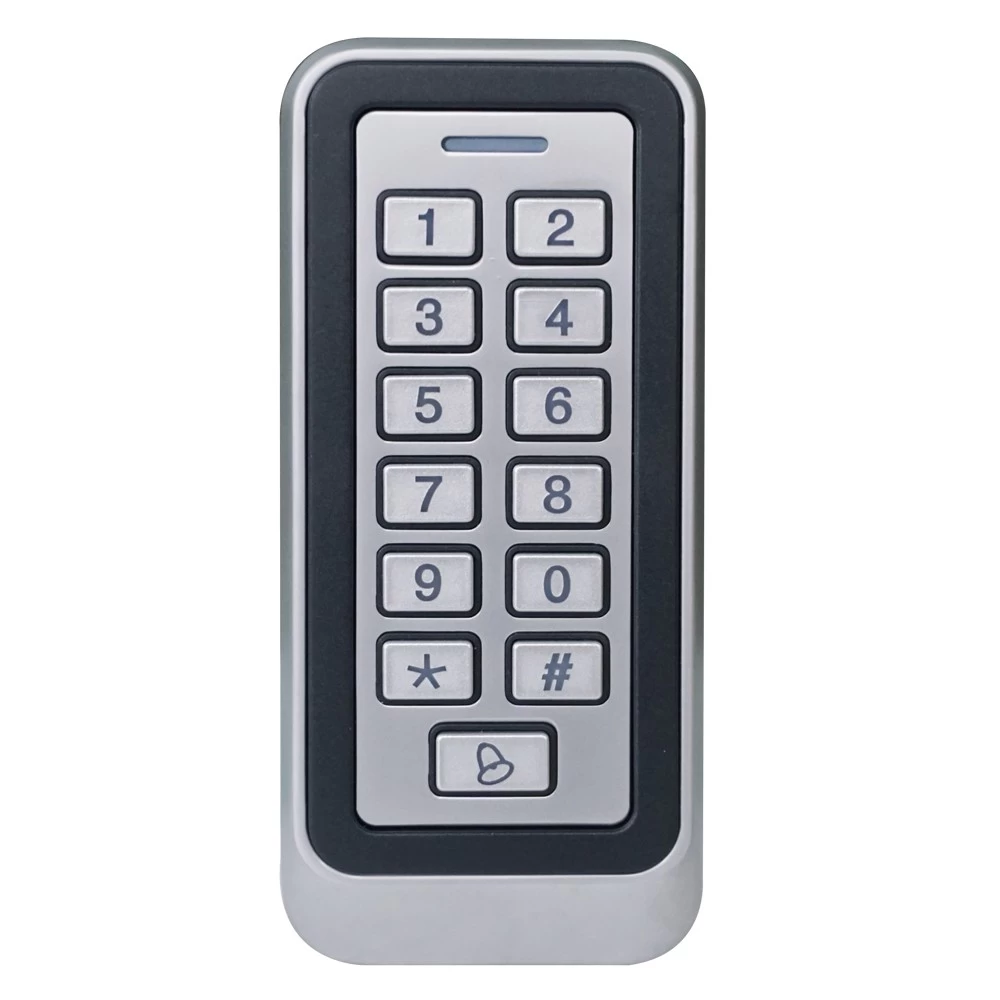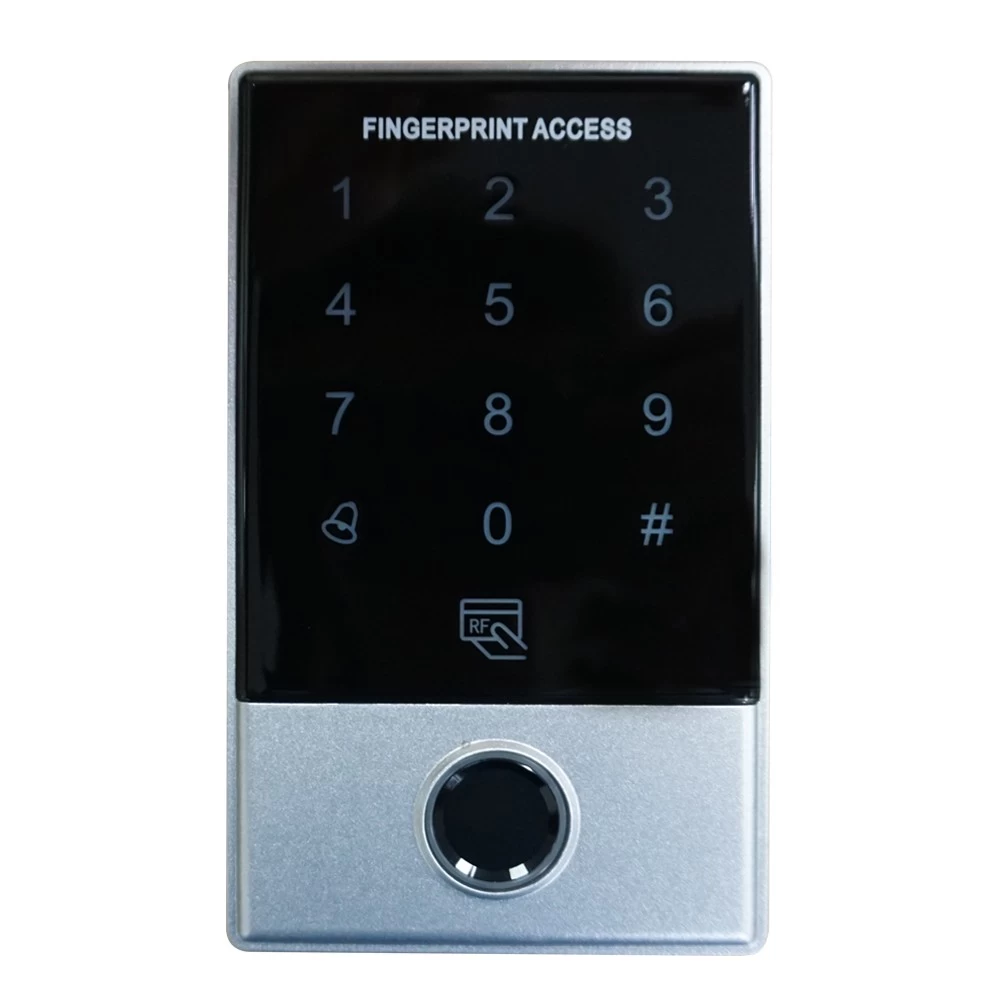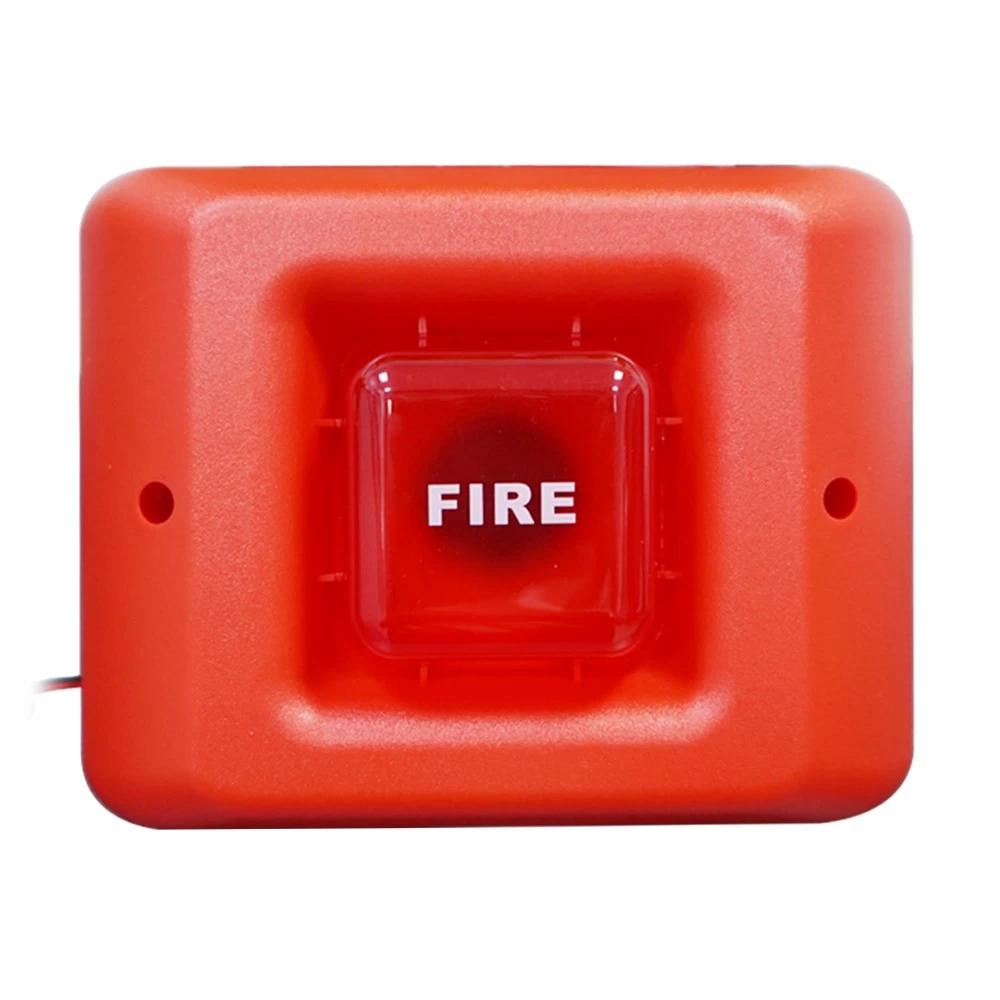Introduce the principle of access control systems
Guowei Qi
SMQT
2016-07-14 14:58:28
1. Overview of access control systems access control, access control system, namely, is the entrance channel control systems, access control systems in the traditional locks developed on the basis of the (English Entrance Guard / Access Control). Entrance security management system is a new modern safety management system, which combines computer automatic identification technology and modern safety measures as a whole, it involves a lot of new technology in electronics, machinery, optics, computer technology, communications technology, biotechnology and so on. It is an effective measure to solve the important sectors entrance implement security management. Confidential for a variety of sectors, such as banks, hotels, rooms, armory, confidential room, office, the intelligence community, factories and so on. Access control system goes beyond the mere doorway and key management, it has evolved into a complete access control system. It plays a huge role in a safe working environment, personnel attendance management and other administrative work. Increase in the corresponding auxiliary equipment on the basis of the system can be elevator control, vehicle access control, property fire control, security patrol management, catering management fees, a truly regional smart card management.
2. The access control system of the development of traditional mechanical locks just a simple mechanical device, no matter how reasonable structure design, how strong material, it is always used by all means to open it. Frequent personnel changes in place (such as offices, hotel rooms) key management is very troublesome, in some large institutions, enterprises, the key to high administrative costs, often make replacement lock and key personnel together key is lost or replaced. Especially the traditional mechanical key is easy to duplicate, and no access to records, the security is very poor. To compensate for these problems so there is an electronic card locks, electronic locks, which raise the level of the entrance channel management people from a certain extent. But their own shortcomings gradually exposed, magnetic lock problem is easy to copy information between the card and the reader machines wear, high failure rate, low safety factor. Lock problem is likely to reveal the password. This period of access control systems still remain immature in the early stage, when the access control system is commonly known as electronic locks, the application is not widespread. With the development of proximity card technology, biometrics, access control system has been leaps and bounds, there has been sensing card access control system, all kinds of fingerprint access control systems, access control systems iris, facial recognition access control systems, access control systems Disorder Keyboard art systems, they all have expertise in safety, convenience, ease of management and other aspects, applications access control system more widely.
Management function 1) access rights 3. The access control system of access rights management mainly in the following aspects: Permissions (1) out of the channel: set who can access for each channel, and who can not access. Mode (2) out of the channel: You can access the channel for persons authorized way out, way out usually has a password, card reader (biometrics), card reader (biometric + password) in three ways. Period (3) out of the channel: the channel can be set within what time frame people can access. 2) access record access control system should record the time and location of personnel access, and exceptions (the door is illegal intrusion, the door not related, fire linkage, etc.), the record as historical data, when needed for management staff inquiries, reference , equipped with the appropriate software can achieve attendance, on-line patrol, access control card. 3) real-time monitoring system managers can view real-time movements in the area of the door of every person through the computer, the status of each gate area (including the door switch, various non-normal alarm status, etc.); and to be open to all in a state of emergency the gate area. 4) Abnormal alarm function can be achieved in exceptional circumstances or computer alarm alarm alarm, such as illegal intrusion, the door is not closed and so on overtime. 5) Fire alarm monitoring linkage function in the event of a fire alarm system can automatically open access all electronic locks allow people inside at any time to escape. And monitoring linkage generally refers to when someone will automatically monitoring system card (valid / invalid) recorded in the circumstances, the access control system will also alert situation occurs when recorded.
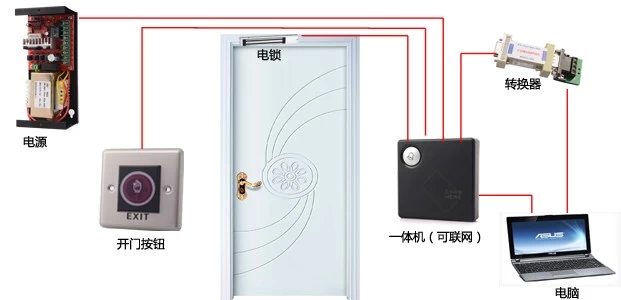
2. The access control system of the development of traditional mechanical locks just a simple mechanical device, no matter how reasonable structure design, how strong material, it is always used by all means to open it. Frequent personnel changes in place (such as offices, hotel rooms) key management is very troublesome, in some large institutions, enterprises, the key to high administrative costs, often make replacement lock and key personnel together key is lost or replaced. Especially the traditional mechanical key is easy to duplicate, and no access to records, the security is very poor. To compensate for these problems so there is an electronic card locks, electronic locks, which raise the level of the entrance channel management people from a certain extent. But their own shortcomings gradually exposed, magnetic lock problem is easy to copy information between the card and the reader machines wear, high failure rate, low safety factor. Lock problem is likely to reveal the password. This period of access control systems still remain immature in the early stage, when the access control system is commonly known as electronic locks, the application is not widespread. With the development of proximity card technology, biometrics, access control system has been leaps and bounds, there has been sensing card access control system, all kinds of fingerprint access control systems, access control systems iris, facial recognition access control systems, access control systems Disorder Keyboard art systems, they all have expertise in safety, convenience, ease of management and other aspects, applications access control system more widely.
Management function 1) access rights 3. The access control system of access rights management mainly in the following aspects: Permissions (1) out of the channel: set who can access for each channel, and who can not access. Mode (2) out of the channel: You can access the channel for persons authorized way out, way out usually has a password, card reader (biometrics), card reader (biometric + password) in three ways. Period (3) out of the channel: the channel can be set within what time frame people can access. 2) access record access control system should record the time and location of personnel access, and exceptions (the door is illegal intrusion, the door not related, fire linkage, etc.), the record as historical data, when needed for management staff inquiries, reference , equipped with the appropriate software can achieve attendance, on-line patrol, access control card. 3) real-time monitoring system managers can view real-time movements in the area of the door of every person through the computer, the status of each gate area (including the door switch, various non-normal alarm status, etc.); and to be open to all in a state of emergency the gate area. 4) Abnormal alarm function can be achieved in exceptional circumstances or computer alarm alarm alarm, such as illegal intrusion, the door is not closed and so on overtime. 5) Fire alarm monitoring linkage function in the event of a fire alarm system can automatically open access all electronic locks allow people inside at any time to escape. And monitoring linkage generally refers to when someone will automatically monitoring system card (valid / invalid) recorded in the circumstances, the access control system will also alert situation occurs when recorded.

